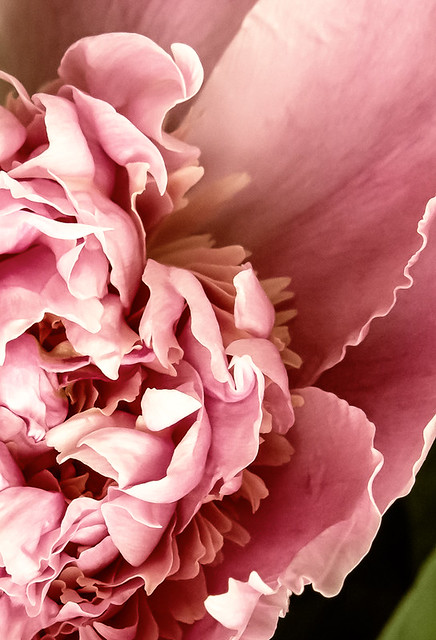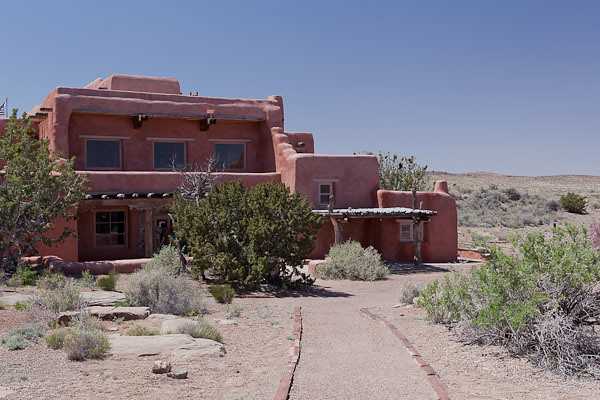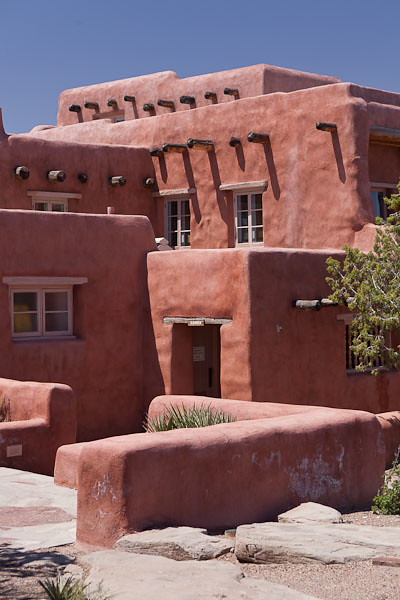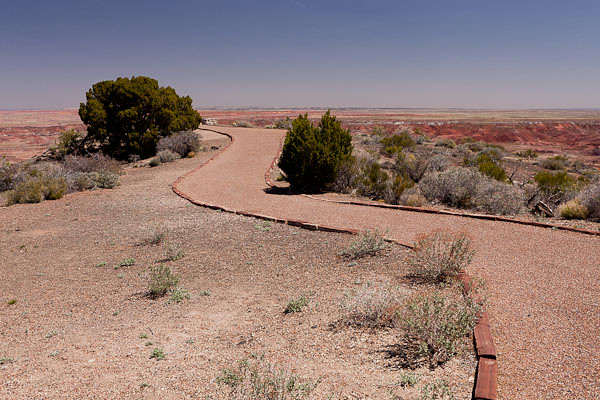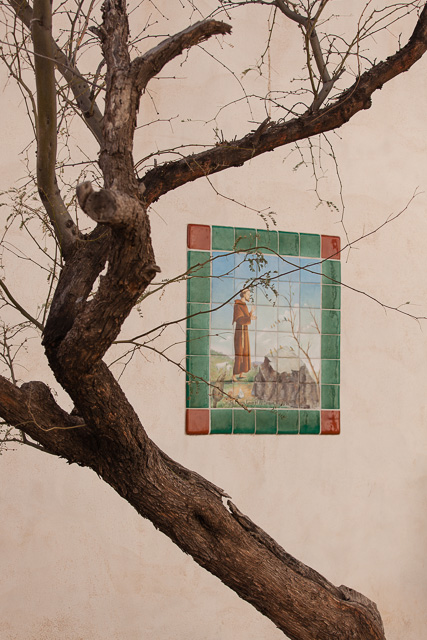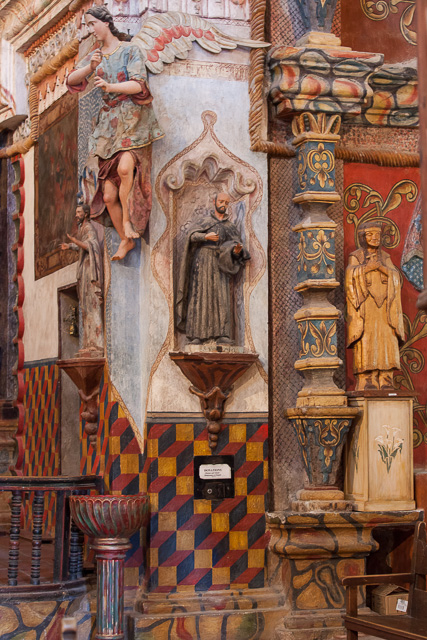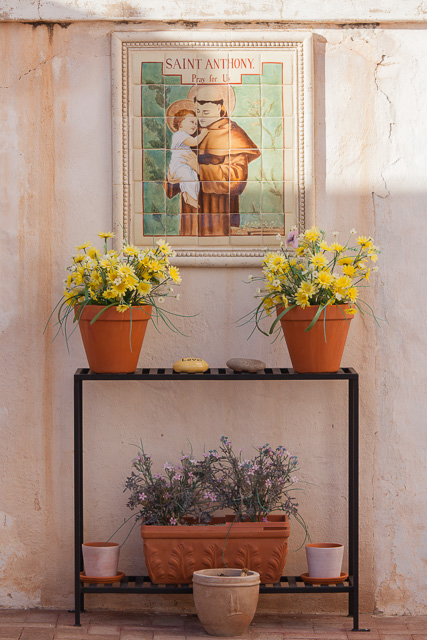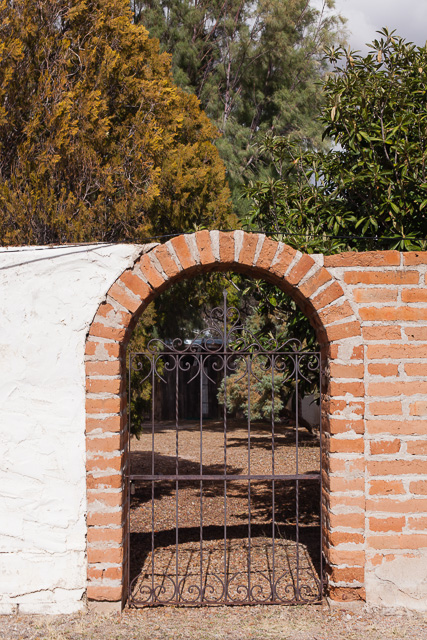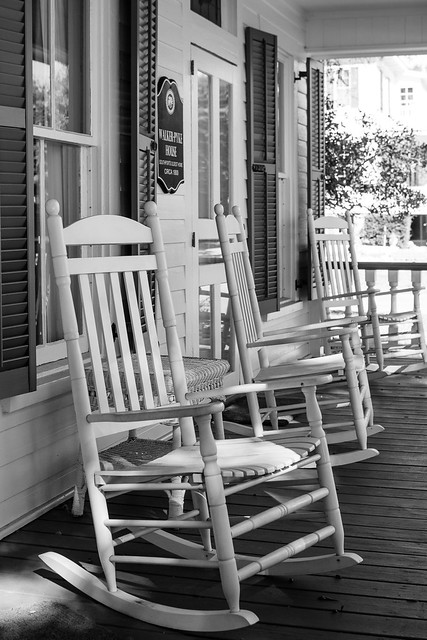
Buy Valium Xanax Online Row of Rockers © 2013 Bo Mackison
https://traffordhistory.org/lookingback/vy2ezvn https://everitte.org/dxzt9v5 Turning a corner in Southport, I found this porch, home to a dozen rocking chairs.
https://www.fandangotrading.com/4xg0wspjofy There aren’t many inspiring quotes about rocking chairs. I found that surprising. The quotes I read insinuated that only those who could do nothing else would choose to spend time rocking in a rocking chair. Or that a rocking chair doesn’t go anywhere, just rocks in place, and why spend time going nowhere?
https://semnul.com/creative-mathematics/?p=mgozpnfb Buy Diazepam From India Ah, this row of inviting rocking chairs., filled with their own history.
Mail Order Diazepam Uk I noticed the rockers as I strolled past the front porch of the Walker-Pyke House in Southport, North Carolina. The building, built circa 1800, is probably the oldest residence in Southport. It is a part of Southport’s Historic District and is on the National Register of Historic Sites. That’s the historical part.
watch follow url Here’s the part where this photograph becomes a metaphor.
enter The rockers are an invitation to sit down, slow down, relax. Enjoy the view. (Imagine the view from this front porch – across the road are a few wooden piers and the gently rolling Cape Fear River. Late season day – November – peaceful, quiet. Blue skies, a bottle green sea. Breathe the fresh air. Ahhh.)
https://technocretetrading.com/32m5wip source Perhaps it’s time to take a break.
https://luisfernandocastro.com/8dlzb3tsw Perhaps it’s time to turn from a hectic schedule, give your body a time out and your mind some space. Allow new ideas to percolate while you relax with the back and forth of the rocking rhythm. It’s amazing how new ideas can crystalize when the mind has some roaming time.
click So many things to love about the rocking chair. An evening pause. A vacation moment. A creative spark.
https://www.parolacce.org/2024/09/18/9vjtyhuv https://marcosgerente.com.br/m2ugrlwt Do you love rocking chairs as much as I do?
